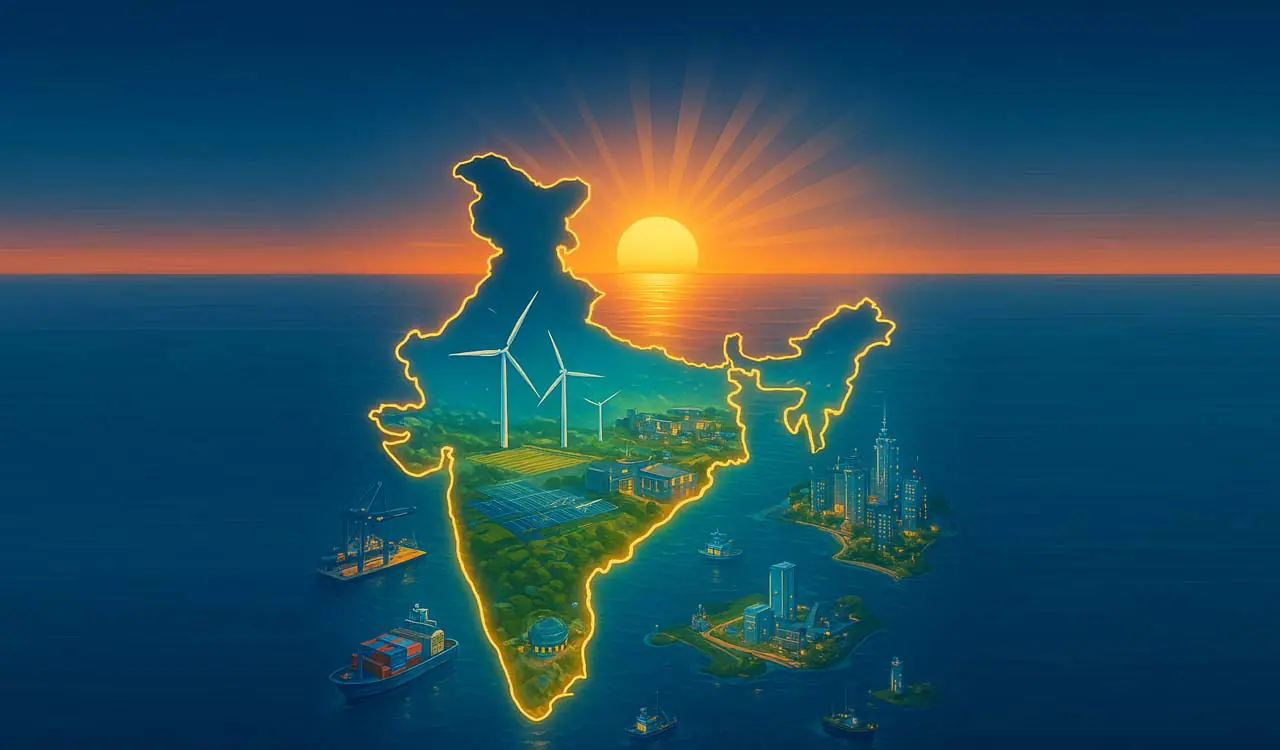Since 2013, the Gulf of Alaska has experienced a significant increase in marine heatwaves, leading to profound consequences for ocean dynamics, fisheries, and marine ecosystems. A study by researchers from Brown University, utilizing 30 years of satellite data and climate models, investigates the impact of these heatwaves on nutrient-rich circular ocean currents known as eddies.
Eddies play a crucial role in marine environments; they help concentrate nutrients necessary for the growth of phytoplankton, the foundational component of the marine food web. The research, published in Communications Earth & Environment, highlights a concerning chain reaction initiated by marine heatwaves. These events cause the development of high-pressure atmospheric conditions, which in turn weaken coastal circulation in the Gulf of Alaska. This weakening results in a decreased formation of eddies, ultimately affecting the availability of nutrients for phytoplankton.
The disruption of these biological and physical processes is critical as phytoplankton not only supports marine life but also plays a vital role in global carbon cycling. With the reduction of vital nutrients due to the diminishing number of eddies, the capacity of the ocean to support both small and larger marine organisms is compromised. This decline could have cascading effects throughout the marine food web, impacting fish populations and other marine wildlife that rely on phytoplankton for sustenance.
Overall, the findings underscore the intricate interdependence of oceanic processes and marine life, illuminating the impacts of climate change on critical oceanic systems in the Gulf of Alaska. The study serves as a wake-up call, highlighting the urgent need for further research and interventions to mitigate the effects of marine heatwaves in the region.



